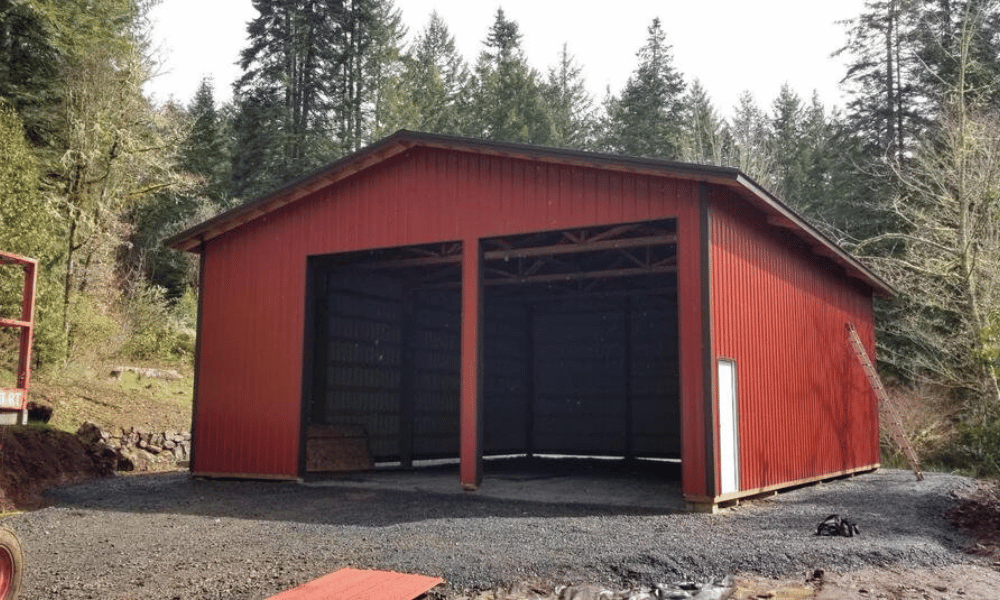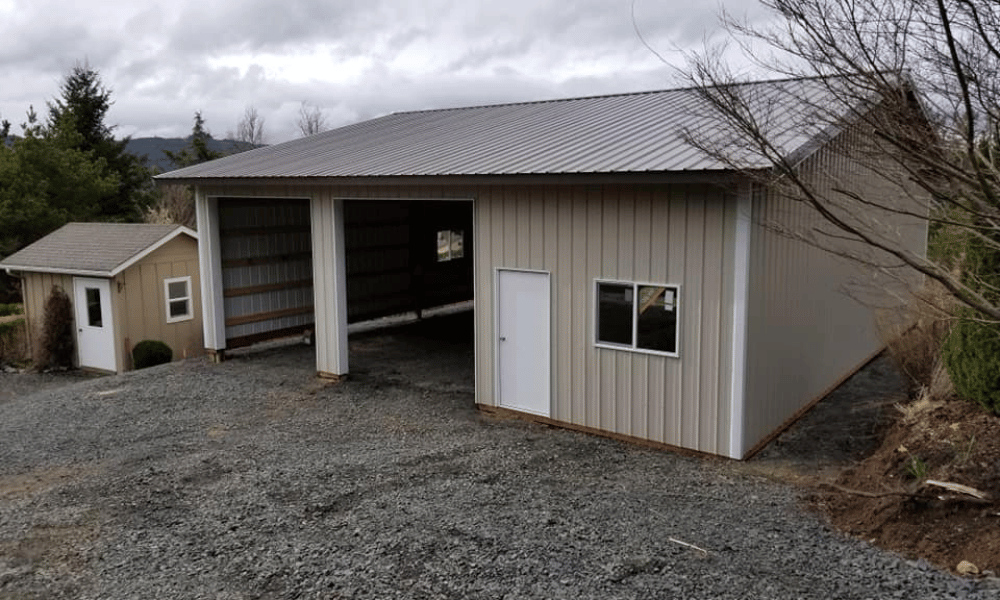Introduction
In an age where space is increasingly becoming a premium, understanding how to maximize your home’s footprint is essential. Whether you're living in a cozy apartment or managing a sprawling estate, making the most out of every square foot can lead to improved functionality and enhanced aesthetics. Today, we’ll dive deep into practical tips and creative solutions for optimizing your living space, including innovative uses of structures like pole barns that can complement your residential http://ricardogeqa805.huicopper.com/your-guide-to-choosing-between-a-pole-building-and-a-garage area.
How To Make The Most Out Of Your Home’s Footprint – Explore Our Tips!
Making the most out of your home’s footprint involves strategic planning and creative thinking. Often, our homes have untapped potential waiting to be uncovered. With some adjustments and clever design choices, you can enhance both the usability and the beauty of your living space.

Understanding Your Home's Layout
Assessing Your Current Space
Before diving into renovations or decor changes, it's crucial to assess what you currently have. This includes measuring rooms, noting areas that feel cramped, and identifying unused spaces.
Measure Each Room: Knowing the exact dimensions helps in planning. Create a Floor Plan: Sketching out a floor plan allows you to visualize changes.Identifying Underutilized Areas
Basements and Attics
Often neglected, basements and attics can provide significant additional living space without expanding your home’s footprint.
- Basement Transformations: Consider turning it into a game room or guest suite. Attic Conversions: A cozy reading nook or an office could fit perfectly up there.
Maximizing Vertical Space
Using Shelving Wisely
When floor space is limited, think vertically.
- Floor-to-Ceiling Shelves: Perfect for books or decorative items. Floating Shelves: Great for smaller spaces as they don’t take up any floor area.
Open Concept Living Solutions
Removing Unnecessary Walls
An open concept layout can make your home feel larger than it is.

- Benefits: Increased natural light and better flow between spaces. Considerations: Always check if walls are load-bearing before removal.
Multi-functional Furniture Choices
Investing in Versatile Pieces
Furniture that serves multiple purposes can drastically reduce clutter.
Sofa Beds: Ideal for accommodating guests. Storage Ottomans: Provide seating while hiding away items.Outdoor Space Optimization
Creating Functional Patios or Decks
Your outdoor space can serve as an extension of your indoor living area with thoughtful design.
- Outdoor Furniture: Choose weather-resistant pieces for longevity. Pole Barns as Outdoor Storage Solutions: They can double as workshops or extra storage while blending seamlessly into the landscape.
Embracing Natural Light
Strategic Window Placement
Light plays a huge role in making spaces feel larger.
Use Mirrors Wisely: Mirrors reflect light and create an illusion of depth. Light-colored Walls: Opt for soft whites or pastels to amplify brightness.Creative Storage Solutions
Built-in Cabinets and Nooks
Built-ins make use of otherwise wasted spaces like corners or alcoves.
- Consider custom cabinetry that fits snugly into available niches without taking up much room.
FAQ Section
1. What is the best way to assess my home's layout?
To assess your home's layout effectively, measure each room's dimensions and sketch out a floor plan to visualize potential changes or improvements.
2. How can I utilize my basement more effectively?
Transform your basement into functional areas like a game room, guest suite, or even a gym by considering proper insulation and lighting solutions for comfort and usability.
3. Are open-concept designs suitable for all homes?
Open-concept designs work well in many homes but require careful consideration of structural elements; ensure any walls removed are not load-bearing before making changes.
4. What are some examples of multi-functional furniture?
Examples include sofa beds that provide seating during the day but convert into sleeping areas at night, as well as storage ottomans that serve as footrests while hiding away blankets or toys inside them.
5. How do I make my outdoor space more functional?
Enhance your outdoor area by adding comfortable weather-resistant furniture, creating defined zones (like dining areas), and using elements such as pole barns for storage solutions that match your aesthetic vision.
6. Why is natural light important in maximizing space?
Natural light not only brightens rooms but also creates an illusion of spaciousness; strategically placing mirrors can further enhance this effect by reflecting light throughout the space.
Conclusion
Making the most out of your home’s footprint doesn’t have to involve extensive renovations; simple tweaks to layout, furniture choices, and design principles can transform how you live in your space. By assessing underutilized areas such as basements or attics, maximizing vertical storage options, embracing natural light effectively, and considering multi-functional furnishings, you can create a harmonious living environment that feels spacious yet snug. Plus, don't forget about outdoor opportunities—pole barns could be just what you need to blend functionality with style!
The journey towards optimizing your home's footprint begins with understanding what works best for you and finding joy in discovering hidden potential within every nook and cranny of your living space!